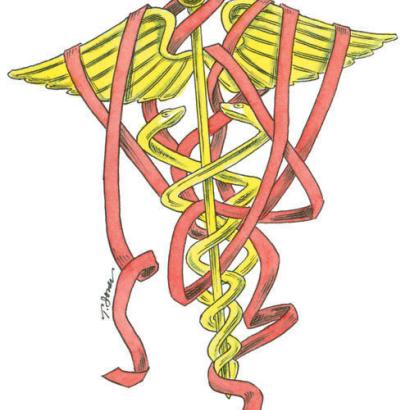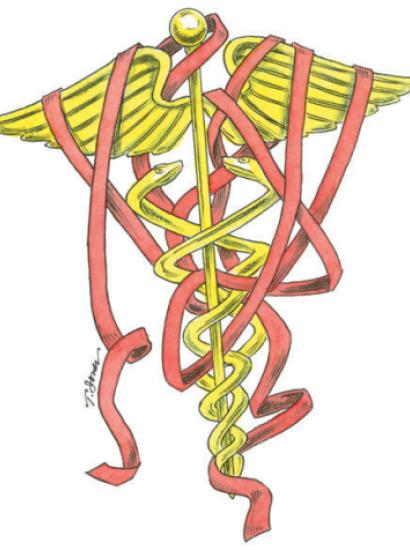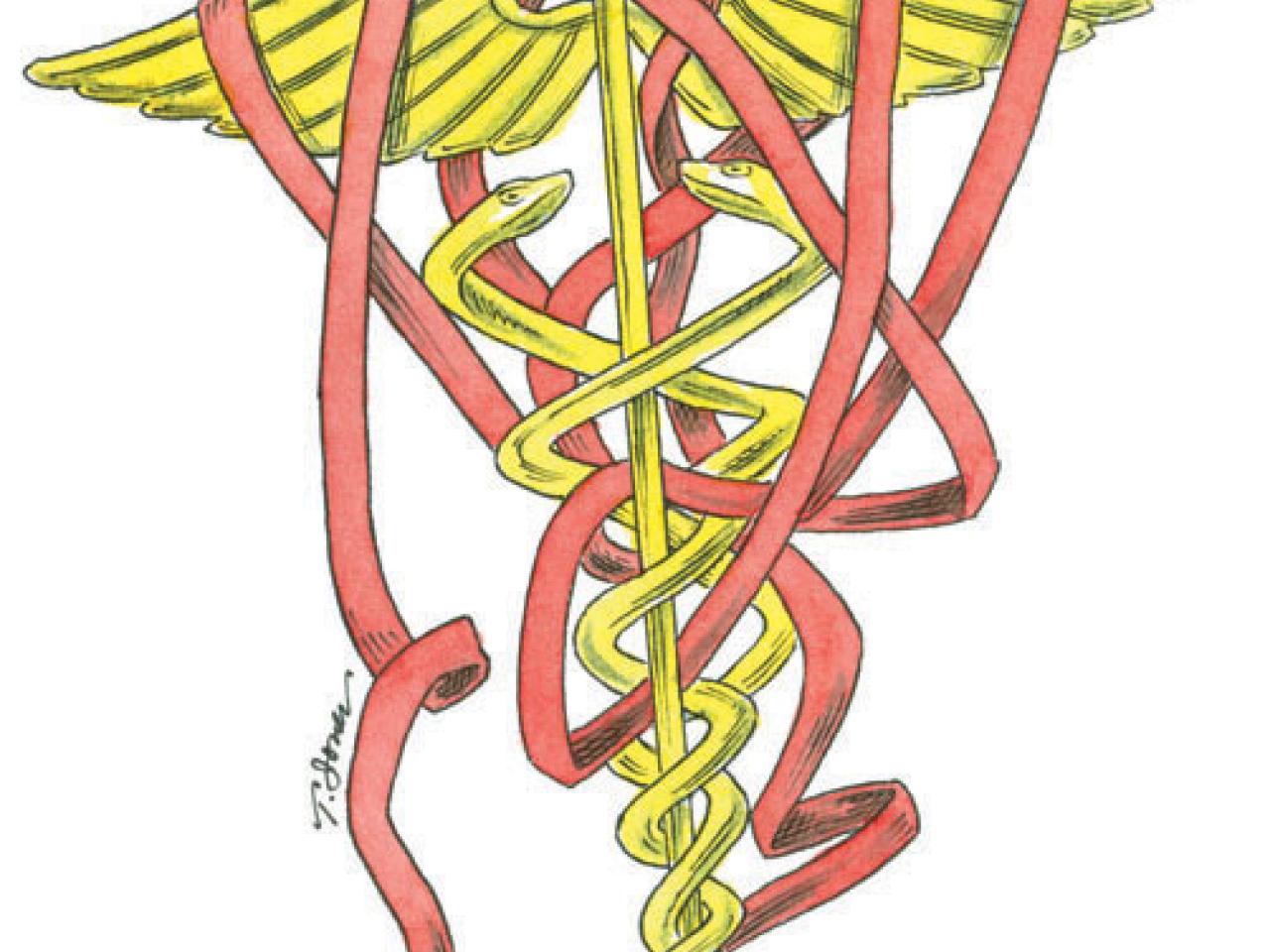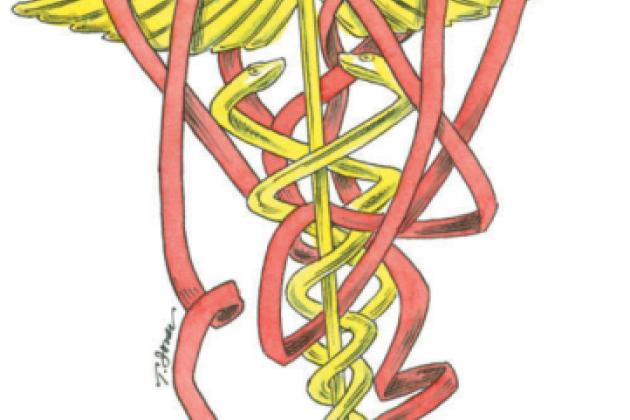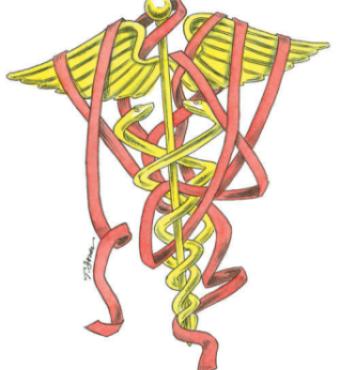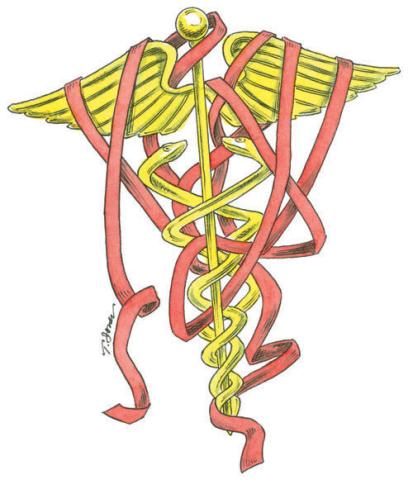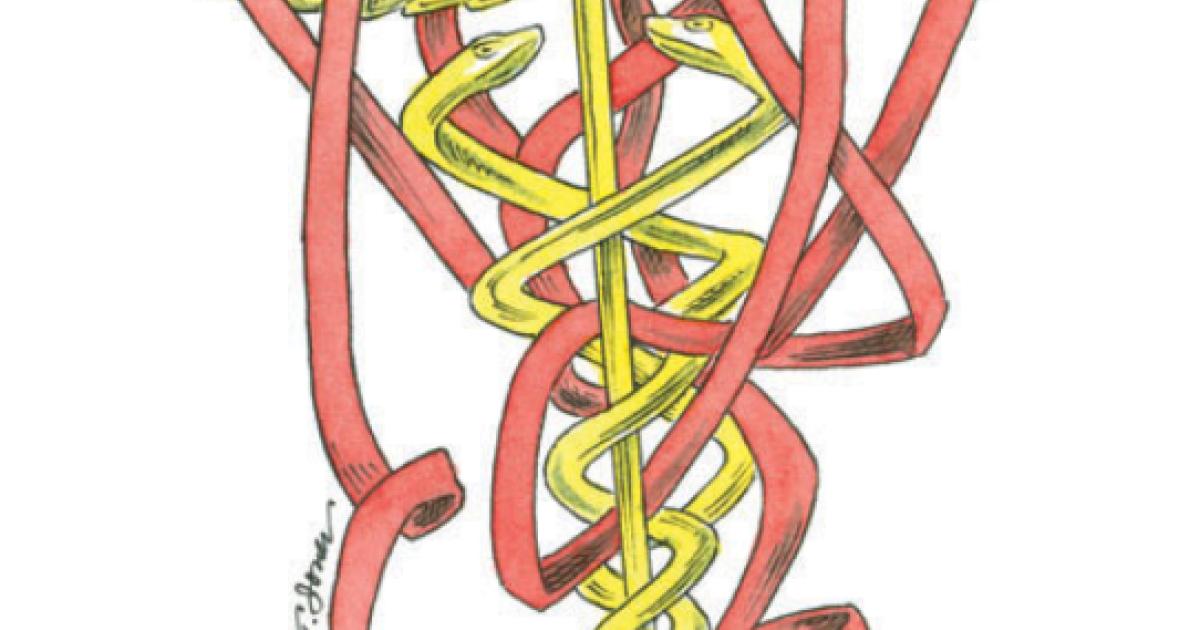- Budget & Spending
- Law & Policy
- Regulation & Property Rights
- Economics
- Politics, Institutions, and Public Opinion
- Health Care
The past two years have provided a chance to test some of the claims that ObamaCare proponents made about the law’s impact on health care costs. Three of the law’s most-touted cost-control measures have already shown themselves to be unlikely to succeed.
First, the Patient Protection and Affordable Care Act was supposed to improve efficiency through the creation of Accountable Care Organizations (ACOs) and better supply-side incentives through the Medicare Shared Savings Program (MSSP). These would be a “major game-changer,” according to Karen Davis, president of the Commonwealth Fund. The theory was that getting doctors and hospitals to operate under a single umbrella (the Accountable Care Organizations) and share in the cost savings they achieved (the Medicare Shared Savings Program) would reduce their incentives to supply treatments that did not give good value.
Neither has worked. In August 2011, the Centers for Medicare and Medicaid Services announced the results of its Physician Group Practice demonstration project, the model for ACOs and the MSSP. The demo saved Medicare a little more than $100 per beneficiary per year—a bit over 1 percent of the average cost of an individual’s services, which was described by the demonstration project’s independent evaluator, North Carolina’s Research Triangle Institute, as “small.”
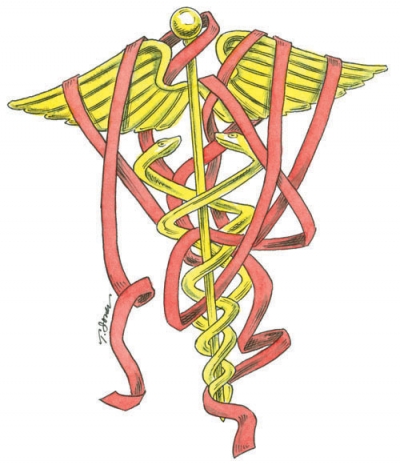
Meanwhile, new research has shown that ACOs may raise costs for privately insured individuals by increasing hospitals’ and physicians’ power to raise prices. The long-run trend toward the integration of hospitals and physicians in California has had exactly this effect, according to a study published in Health Affairs by Robert Berenson of the Urban Institute and colleagues at the nonpartisan Center for Studying Health System Change.
Second, ObamaCare created an Independent Payment Advisory Board (IPAB) that would recommend ways to reduce Medicare spending if Congress failed to accomplish this task itself. According to Peter Orszag (President Obama’s former director of the Office of Management and Budget) and Ezekiel Emanuel (who was Orszag’s special adviser on health policy), writing in the August 12, 2010, issue of the New England Journal of Medicine, this was to be the law’s “most important institutional change.”
Because IPAB permits an unelected body to make substantial changes to Medicare outside the normal political process, it has stimulated substantial controversy. Closer examination suggests that the board will be ineffective.
Some of the board’s flaws—such as the exemption of hospitals from its authority until 2020—were obvious from the start. Some were more subtle. As a 2011 report from the Kaiser Family Foundation pointed out, the law lets Congress modify the advisory board’s recommendations as long as the changes “meet the same fiscal criteria under which the board operates.”
Thus Congress can meet the board’s budget targets by imposing unrealistic Medicare cuts and then immediately undoing them in subsequent legislation—as it has done repeatedly with the “doc fix.” In March 2011, the Congressional Budget Office revised its original analysis (delivered to Congress in March 2010) of ObamaCare, scoring IPAB as having no budgetary impact.
Third, ObamaCare mandated that health coverage sold in the law’s newly created insurance exchanges must cover a package of “essential health benefits.” It also required that states mandating benefits over and above those specified as essential by the federal Department of Health and Human Services reimburse individuals for the benefits’ additional costs. This provision was designed to pare back the vast expansion of mandated benefits that provider groups and other special interests have enshrined in state insurance law—and keep the essential benefits package affordable.
Despite this, in December 2011 the administration issued a bulletin allowing the states themselves to define what is an “essential benefit.” In short, Health and Human Services has abdicated its power to make states pay for their decision to expand their mandates. It effectively nullified the law’s attempt to get rid of state regulations that block the sale of cost-effective insurance.
Of course, some elements of the health law still appeared to have potential. The excise tax on “Cadillac” insurance plans—those that, in 2018, cost more than $27,500 for families and $10,200 for individuals—was a start toward fixing the open-ended tax exclusion for employer-sponsored health insurance that has done so much to promote cost-unconscious care. And the Medicare payment reforms evaluated in the law’s newer demonstration projects might have more success than those that we’ve seen before.
But if the past is any indication, voters should view election-year promises about ObamaCare’s lowering the cost of health care with a skeptical eye.








